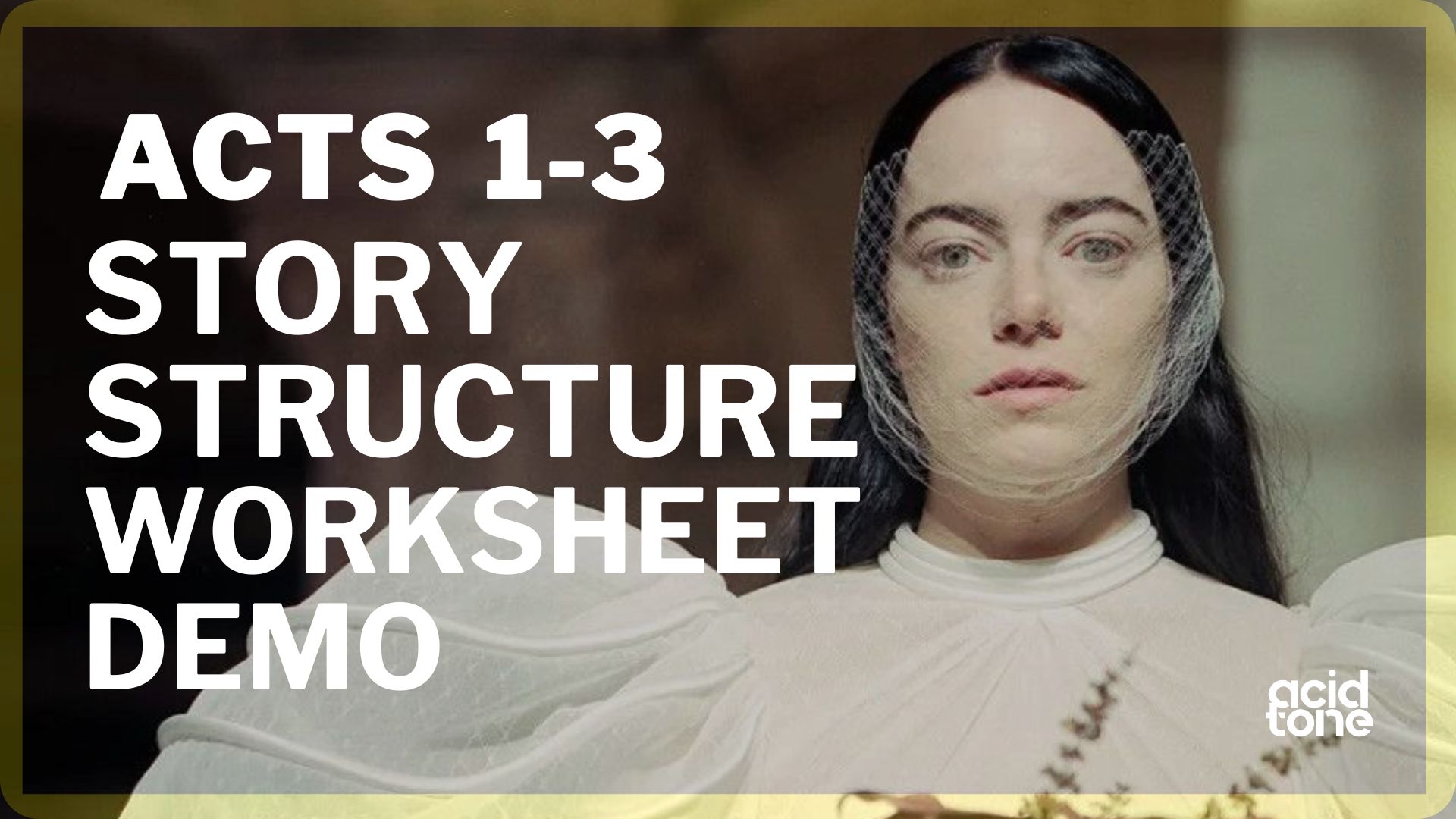
Are you struggling with Act 1 of your screenplay? Do you find yourself lost in the chaos of introductions and setups, unsure how to hook your audience right from the start? The 3-Act Story Structure, a timeless narrative framework, might just be the holistic solution you need. By focusing on Act 1, you can lay a strong foundation that will captivate your viewers and set the stage for a compelling story.
Act 1: Setup
The first act is your story’s foundation. Here, you introduce your main characters, establish the setting, and present the central conflict. This is where the seeds of your narrative are sown. It’s crucial to hook your audience from the beginning, drawing them into your world and making them care about your characters’ journeys.
Think of Act 1 as the introduction to a grand symphony. Each note, each instrument, must be carefully selected to set the tone. Your protagonist’s ordinary world is disrupted by an inciting incident, propelling them into a new and challenging reality. This act should end with a turning point that leaves the audience eager to see what happens next.
Character Introduction
In Act 1, your primary task is to introduce your main characters in a way that makes them memorable and relatable. Show their desires, fears, and flaws. Make your audience care about their journey. Whether it’s a hero embarking on an adventure or a protagonist facing a personal dilemma, the first act should paint a vivid picture of who they are.
Setting the Scene
The setting is another crucial element in Act 1. Where does your story take place? Is it a bustling city, a quiet village, or a fantastical realm? The environment you create should not only be visually engaging but also serve as a backdrop that enhances the narrative. A well-defined setting can immerse your audience in your story’s world, making it feel real and tangible.
The Inciting Incident
Every great story needs a catalyst—a moment that disrupts the status quo and propels the protagonist into the main conflict. This inciting incident should occur within the first few pages, igniting the plot and raising the stakes. It’s the spark that sets everything in motion, forcing your characters to make crucial decisions and embark on their journey.
Creating a Strong Hook
The opening scenes of Act 1 must grab your audience’s attention. Start with a compelling hook that raises questions and piques curiosity. It could be an intriguing event, a mysterious character, or a dramatic situation. Whatever you choose, make sure it’s something that immediately draws viewers into your story.
Building Momentum
As Act 1 progresses, gradually build momentum. Introduce secondary characters, subplots, and conflicts that enrich the main storyline. Each scene should serve a purpose, contributing to character development or plot advancement. By the end of Act 1, your audience should be fully invested, eager to see how the story unfolds.
The First Turning Point
Act 1 concludes with a pivotal turning point that transitions the story into Act 2. This moment should be a significant event or revelation that changes the protagonist’s circumstances and sets the stage for the central conflict. It’s a moment of no return, compelling your characters to step out of their comfort zones and face the challenges ahead.
Holistic Benefits of a Strong Act 1
Focusing on a well-crafted Act 1 offers several holistic benefits. It provides a clear roadmap, helping you organize your ideas and maintain narrative coherence. This structure encourages a natural flow, guiding your characters through their arcs and ensuring a balanced pace.
Moreover, a solid Act 1 lays the groundwork for creativity within boundaries. By understanding the framework, you can experiment with subplots, themes, and character development, enhancing your story’s richness. This structure also makes it easier to identify and fix plot holes, ensuring a polished and professional screenplay.
Downloadable Story Structure Worksheet
We offer a downloadable Story Structure Worksheet to assist you in your screenwriting journey. This tool will help you outline your plot, organize your scenes, and ensure your story adheres to the 3-Act Structure.
Fill out the form to download the file.
References and Educational Links
For further reading and educational resources on screenwriting, check out these valuable links:
Embrace the beauty and power of the 3-act Story Structure, and watch your screenplay flourish. Remember, every great story begins with a solid foundation.
FROM THE BLOG
Latest News

Breaking the Code: The Three-Act Structure in The Matrix
Read more: Breaking the Code: The Three-Act Structure in The MatrixDiscover the three-act structure in The Matrix through Michael Hauge’s plot story outline, unveiling the film’s captivating narrative and timeless themes.



